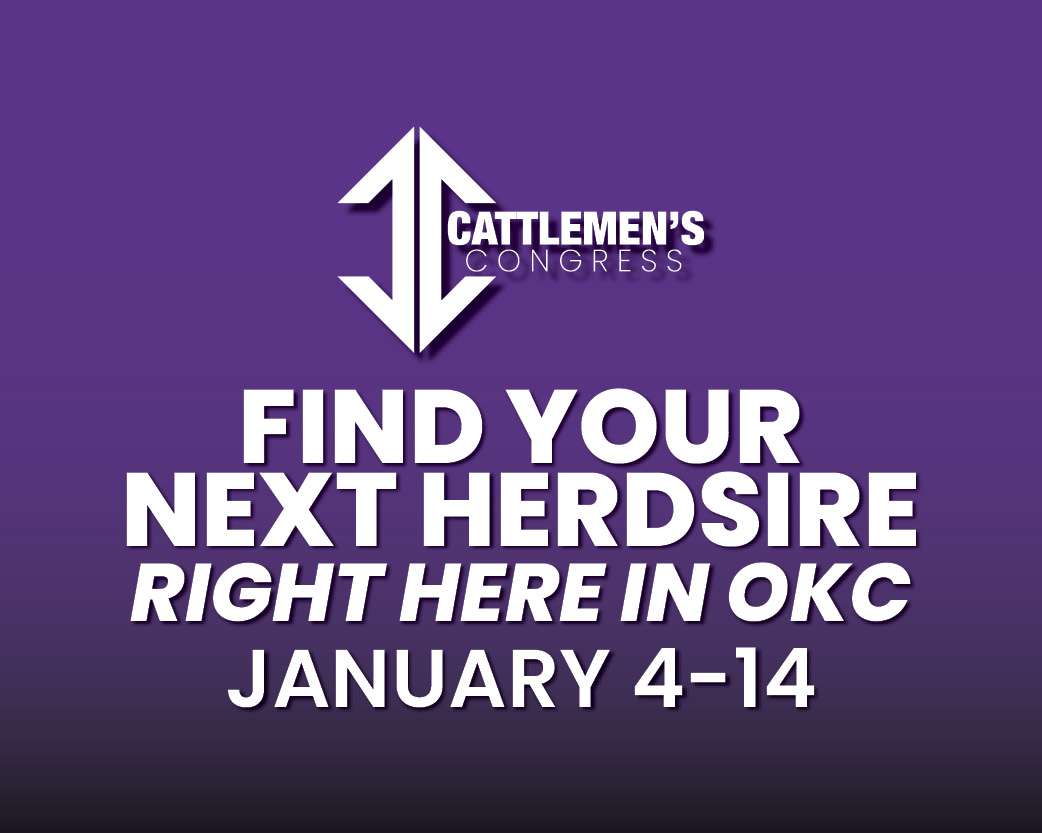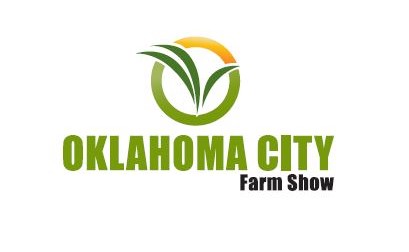
On today’s Cow-Calf Corner, Kellie Curry Raper, Oklahoma State University Extension Livestock Marketing Specialist in the Department of Agricultural Economics makes the case for earlier castrations.
For cow-calf producers, your “current situation” likely includes lots of young calves running around the place with a few more expected in the near future. That also means there are additional management decisions coming your way – one of which is the castration decision. That involves a yes/no decision and – if yes – then it also involves decisions about method and timing. Today’s focus is on the yes/no decision and timing.
Research over time has consistently indicated price discounts for bulls sold in feeder calf markets. Oklahoma data indicates that bulls are consistently discounted relative to steers when comparing cattle of similar weight, quality, breed, and other physical and management attributes. Past OSU research has measured bull discounts in Oklahoma markets at $6/cwt to $12/cwt at different points in time. Discounts tend to increase when market price levels increase.
Preliminary research with recent Oklahoma data indicates that the bull discount per cwt is stable across weight classes at -$13.22/cwt. At first glance, that may seem counterintuitive, as we might expect the bull discount to be larger for heavier animals based on the implications of later castration on health, performance, management, and carcass quality as those animals move through the beef supply chain. And actually, it is…when you look at it on a per head basis.
The table below reflects average bull discounts per hundredweight and per head based on the latest research using our auction data. These values are relative to steers of the same weight with similar characteristics. Though the estimated discount per hundredweight does not increase by weight class, it does still result in larger per head discounts for heavier bulls. When combined with the price slide for heavier cattle, an unchanging bull discount ($/cwt) still has a proportionately larger impact on overall price per hundredweight for heavier versus lighter animals. That concept is reinforced in the table above using Oklahoma City prices for Medium/Large #1  cattle from December 2022. The bull discount as a percentage of the steer price at the corresponding weight steadily increases from 6.0% at 375 pounds to 7.9% at 875 pounds.
| Average Discount per Head ($) | |||||
| Weight Class | Estimated Discount per cwt ($) | Average Discountper Head ($) | Discount Rangeper Head ($) | Bull Discount as % of Steer $/cwt – OKC Dec 2022 | |
| 300-399 lbs. | 13.22 | 46.27 | 39.66 – 52.75 | 375 lbs. | 6.0% |
| 400-499 lbs. | 13.22 | 59.49 | 52.88 – 65.97 | 475 lbs. | 6.3% |
| 500-599 lbs. | 13.22 | 72.71 | 66.10 – 79.19 | 575 lbs. | 6.8% |
| 600-699 lbs. | 13.22 | 85.93 | 79.32 – 92.41 | 675 lbs. | 7.4% |
| 700-799 lbs. | 13.22 | 99.15 | 92.54 – 105.63 | 775 lbs. | 7.2% |
| 800-899 lbs. | 13.22 | 112.37 | 105.76 – 118.85 | 875 lbs. | 7.9% |
| 900-999 lbs. | 13.22 | 125.58 | 118.98 – 132.07 | ||

Castrating your male calves is not free. It requires resources, including time, labor, equipment and sometimes an extra measure of patience – with the calf or with your labor resource. Also, the availability and cost of those resources varies by producer. But the market does provide incentives for including castration in your bundle of calf management practices and those incentives encourage castration at an earlier age and weight rather than when calves are older.
As Dwight Eisenhower once said, “Farming looks mighty easy when your plow is a pencil, and you’re a thousand miles from the corn field.” Substitute “ranching” and “cattle chute” and I may have just guessed what you are thinking because these days my boots don’t get dirty nearly as often as yours. But the cattle market is encouraging you to consider the incentives for castration, to consider your costs for castration, and to consider adding another layer of dirt to those boots while you castrate your calves and castrate them early.


















